The largest conflict in Europe since World War II saw the rise of drones and precision-guided munitions, as well as the disappointment of weapons that were expected to change the balance of power on the battlefield.
The HIMARS rocket launcher was one of the first Western weapons aided to Kiev. It was followed by NATO main battle tanks such as Abrams, Challengers and Leopards, air defense systems such as Patriots and Storm Shadow missiles. However, so far, none of these weapons have been able to help Ukraine make a breakthrough.
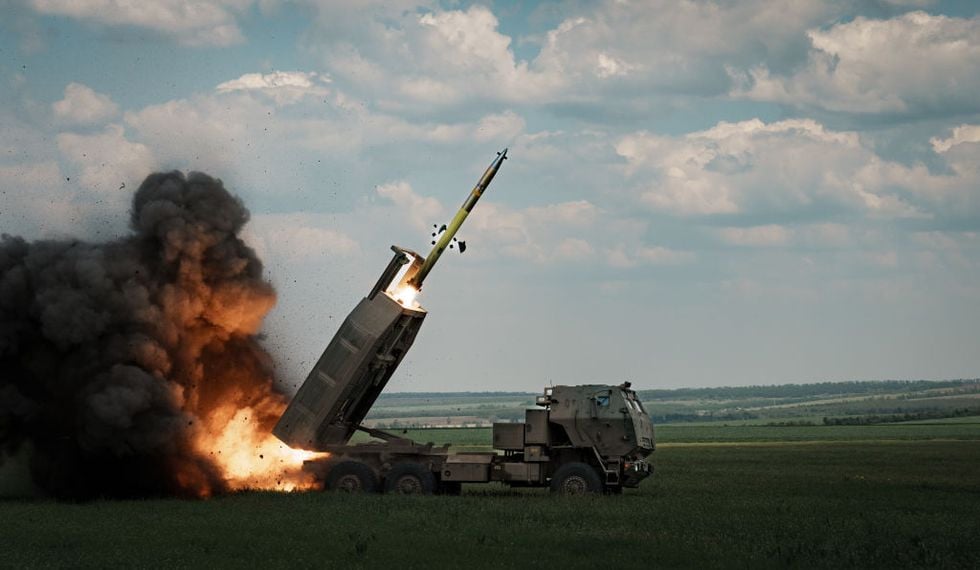
According to the latest figures from the Russian Ministry of Defense, the total losses of the Armed Forces of Ukraine (AFU) in the south of Donetsk were more than 1,500 soldiers, 28 tanks, including Leopard 8 produced by FRG, 3 AMX-10 wheeled tanks made by France and 109 other armored vehicles.
Western military analysts admit that Russia did not go all out or be complacent in its approach to Ukraine. Moscow did not follow the “Iraq model,” but instead chose to prolong the campaign, trading space for time, wearing down the enemy’s forces, and then gaining the upper hand through strategic depth.
Meanwhile, on June 3, images showing a Ukrainian Air Force Su-24 Fencer fighter jet equipped with Storm Shadow cruise missiles went viral on social media, attracting considerable attention from observers.
Aviation and defense writers commented that the images confirm Kiev's successful integration of advanced weapons onto the Su-24M and its reconnaissance variant, Su-24MR, demonstrating Ukraine's efforts to optimize existing resources.
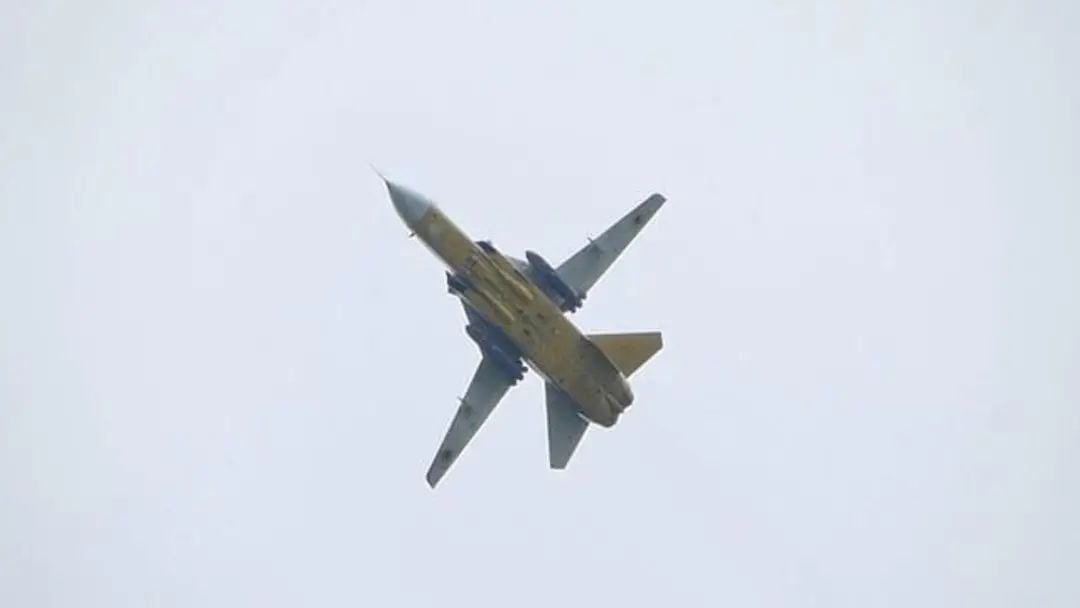
The Storm Shadow, jointly developed by Britain and France, is a stealthy air-to-surface missile with an impressive range of up to 155 miles (250 km), second only to the range of the US ATACMS tactical warheads that Ukraine has long “desired.”
Last weekend, a spokesman for the Russian Ministry of Defense said that the country had intercepted two Storm Shadow missiles, two Tochka-U tactical missiles, 14 HIMARS missiles and Uragan rockets within just 24 hours.
Meanwhile, Poland delivered the first batch of Leopard-2A4s to Ukraine on February 24, but this version is one of the oldest tank models still in service.
Defense analysts say the 2A4 is designed to fight under the escort of powerful infantry and other air support assets.
Born during the Cold War, the Leopard MBT is incapable of defending against improvised explosive devices (IEDs), anti-tank missiles (ATGMs) or suicide UAVs - weapons that are the symbol of the current Russia-Ukraine conflict.

Meanwhile, Russia has beefed up protection of its command centers and key storage facilities with GPS jammers, significantly reducing the accuracy of weapons such as the HIMARS rocket launcher. “Russian air defenses appear to have achieved the capability to intercept significant numbers of M31 hypersonic missiles launched from HIMARS,” said the UK-based military consultancy RUSI.
According to RUSI, the Russian military is using a combination of the S-300VM long-range surveillance system and S-400 squadrons to protect important targets. Meanwhile, Moscow's short-range air defense systems such as the Pantsir and Tor-M-series have also been "massively improved", integrated with long-range interception systems with the support of the 48Ya6 Podlets-K1 radar.
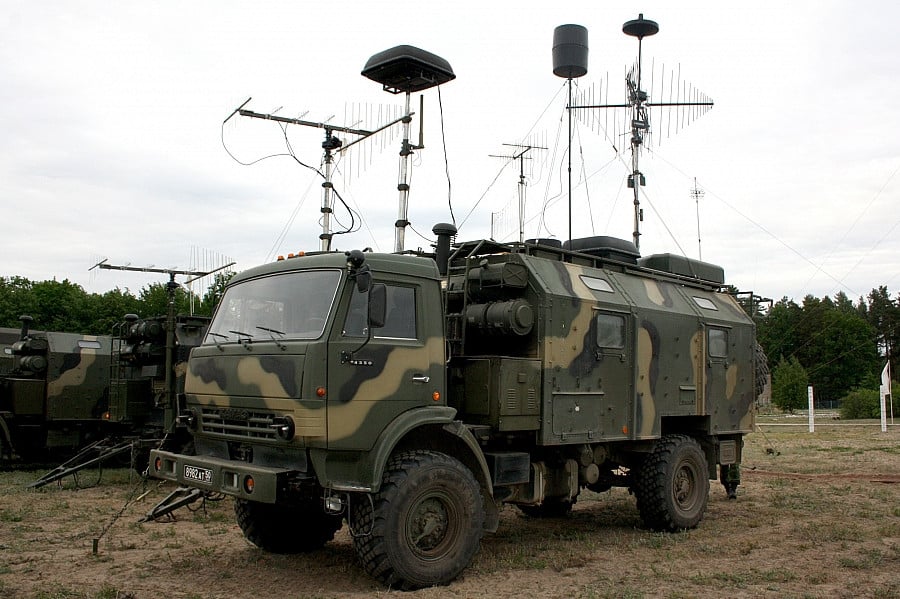
Russia is currently deploying large electronic warfare (EW) clusters every six miles, typically about four miles from the front line. These systems are primarily intended to neutralize Ukrainian drones, especially the Shipovnik-Aero complex, which can disguise its waves to look like normal electronic equipment to increase safety.
RUSI said Russia also integrated at least one anti-drone system, typically a jamming gun, into each platoon of soldiers.
In addition, the country's signals intelligence (SIGINT) system has become proficient at intercepting and decoding signals, even from 256-bit encryption devices, in real time. The Russian military is said to be capable of jamming radio stations six miles from the front line. For long-range jamming, Moscow uses specialized Mi-17 helicopters.
(According to EurAsian Times)
Source


![[Photo] Magical moment of double five-colored clouds on Ba Den mountain on the day of the Buddha's relic procession](https://vphoto.vietnam.vn/thumb/1200x675/vietnam/resource/IMAGE/2025/5/9/7a710556965c413397f9e38ac9708d2f)
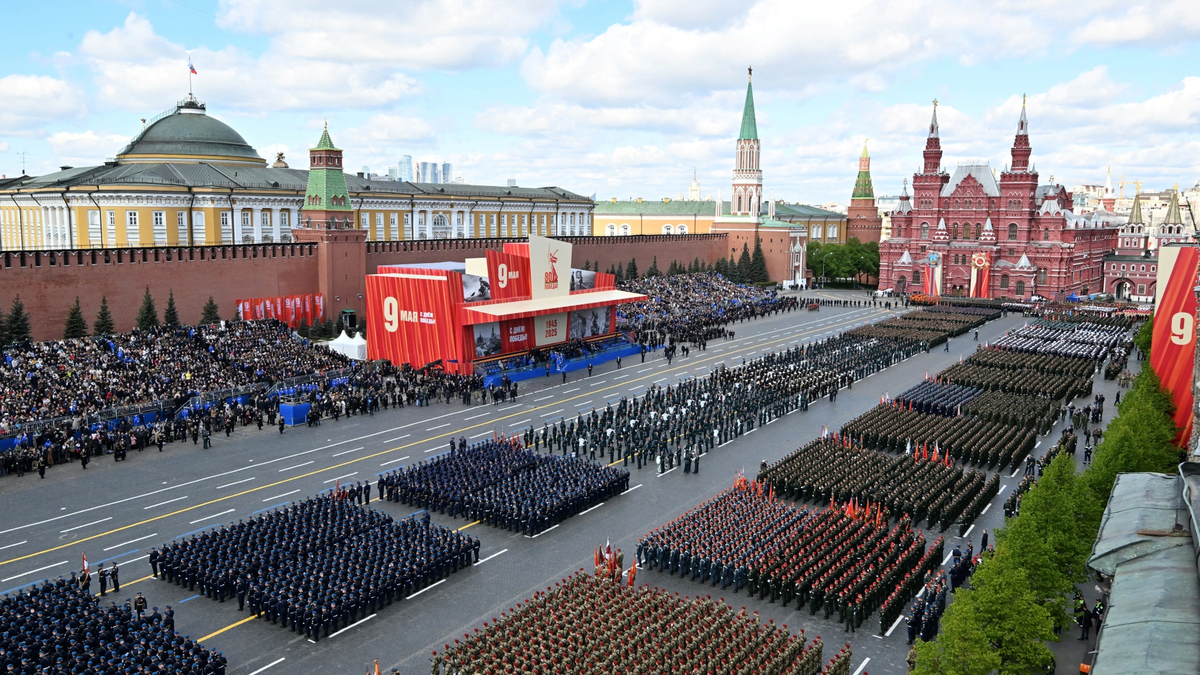
![[Photo] General Secretary To Lam and international leaders attend the parade celebrating the 80th anniversary of the victory over fascism in Russia](https://vphoto.vietnam.vn/thumb/1200x675/vietnam/resource/IMAGE/2025/5/9/4ec77ed7629a45c79d6e8aa952f20dd3)
![[Photo] Prime Minister Pham Minh Chinh chairs a special Government meeting on the arrangement of administrative units at all levels.](https://vphoto.vietnam.vn/thumb/1200x675/vietnam/resource/IMAGE/2025/5/9/6a22e6a997424870abfb39817bb9bb6c)
![[Photo] Russian military power on display at parade celebrating 80 years of victory over fascism](https://vphoto.vietnam.vn/thumb/1200x675/vietnam/resource/IMAGE/2025/5/9/ce054c3a71b74b1da3be310973aebcfd)
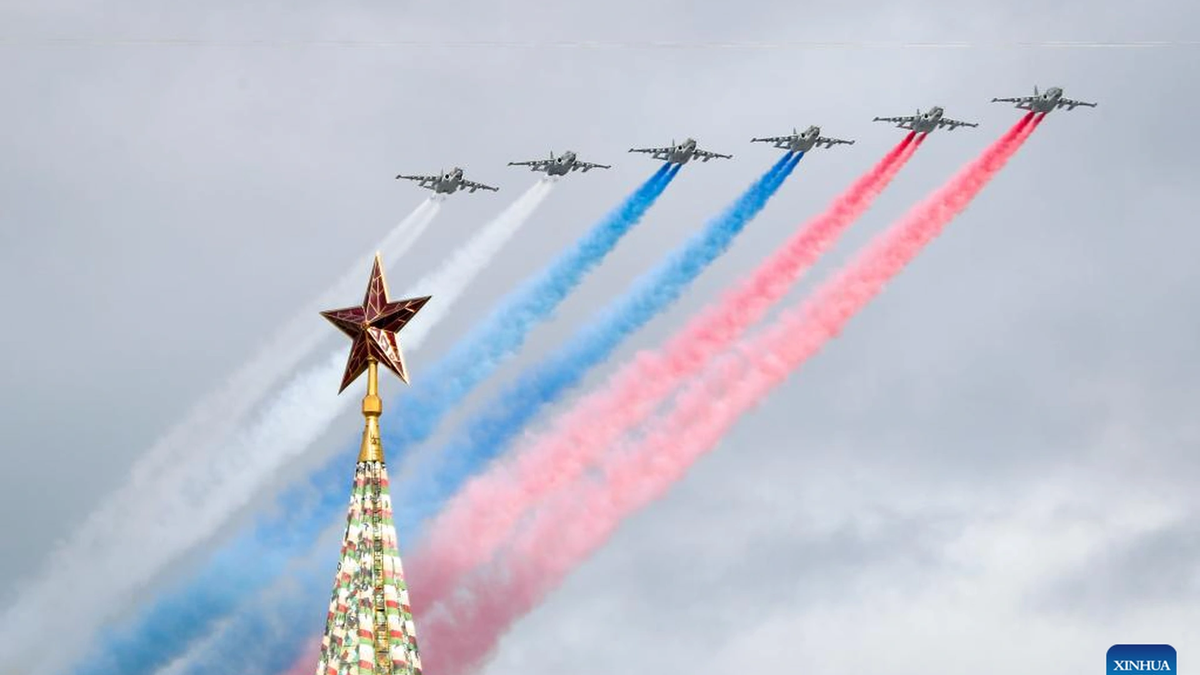


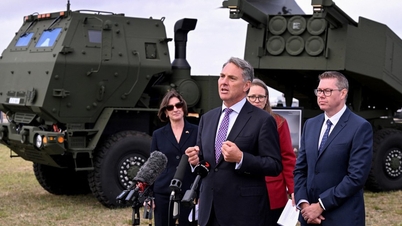
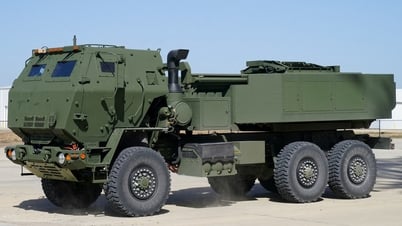

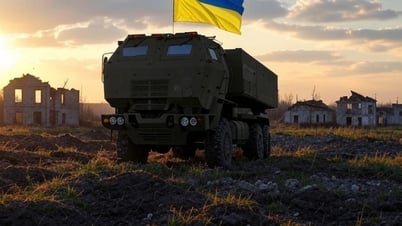

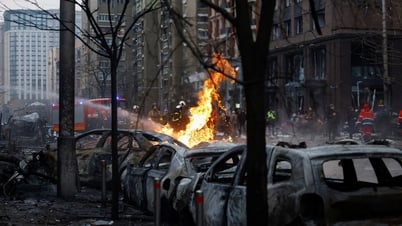


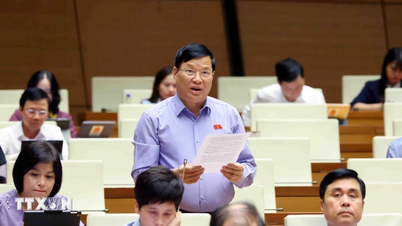
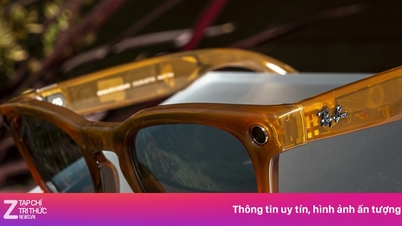









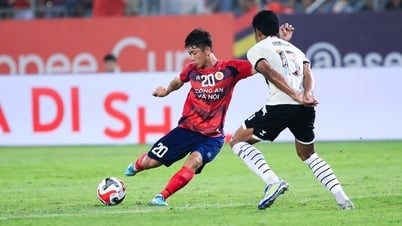


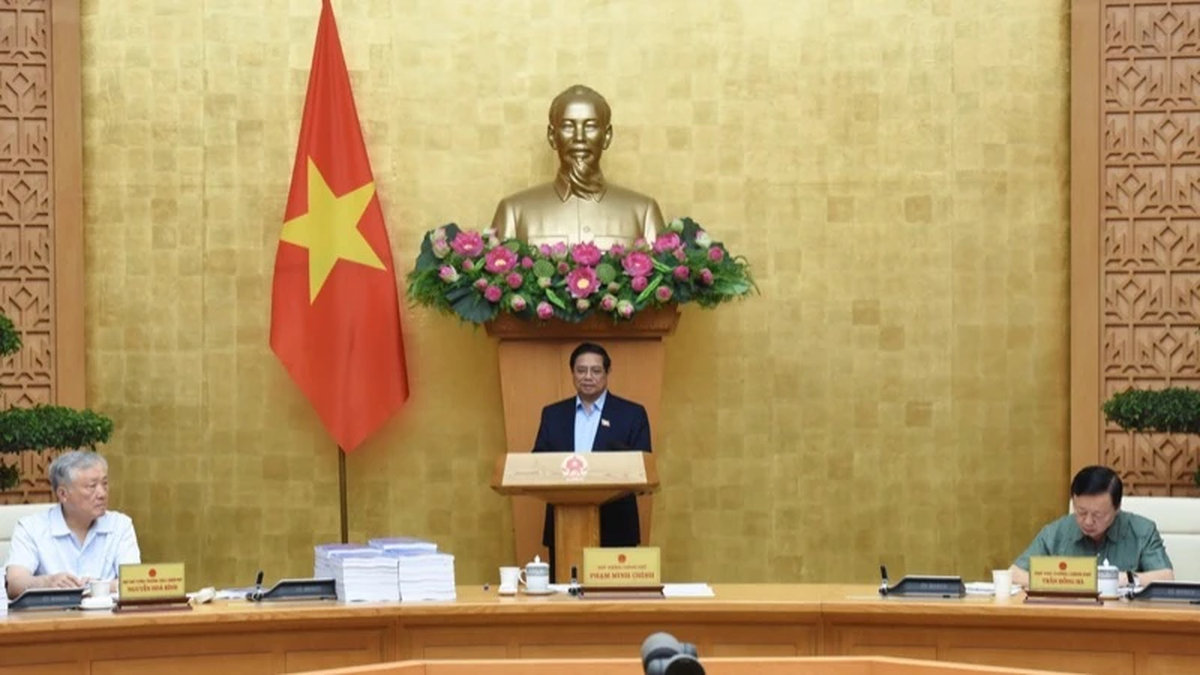


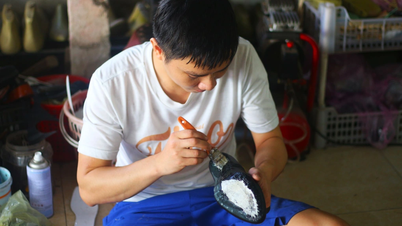





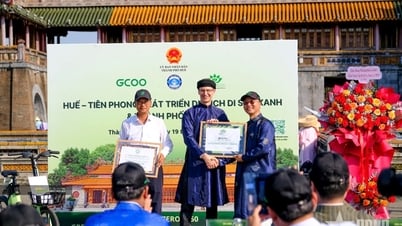



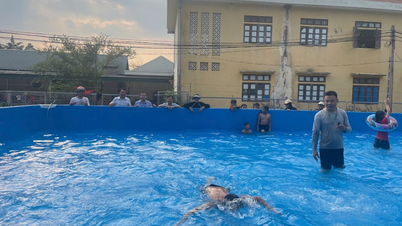












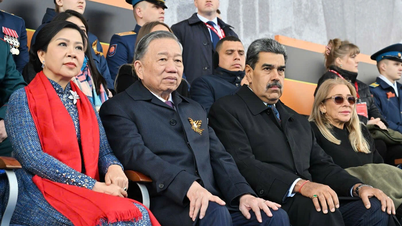
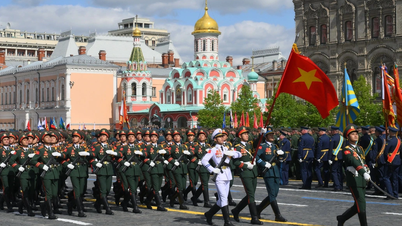

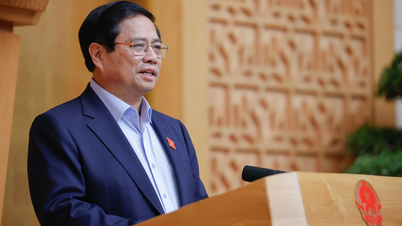
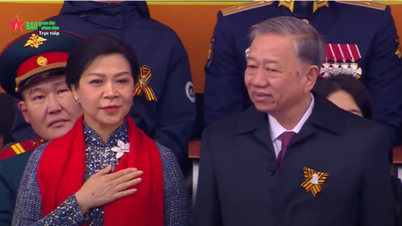


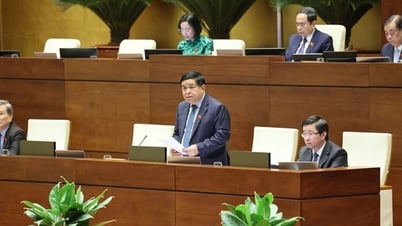



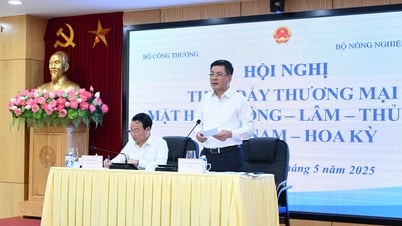



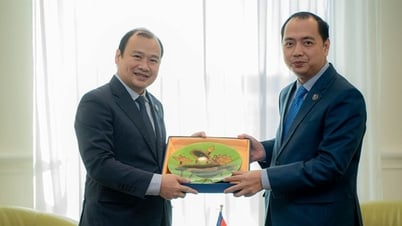
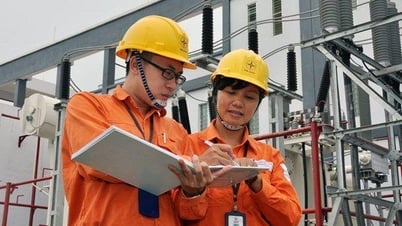
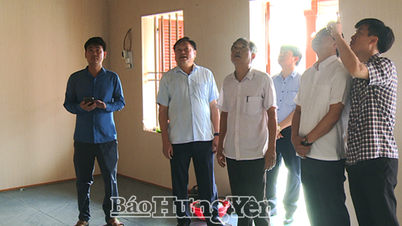

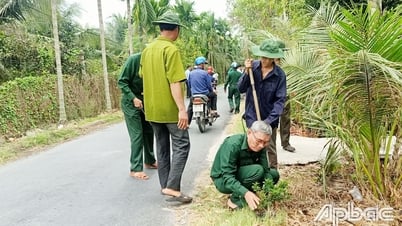





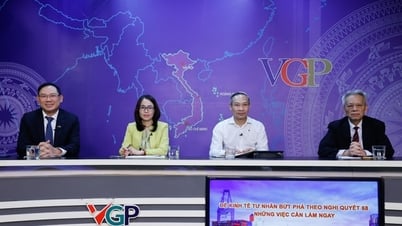












Comment (0)